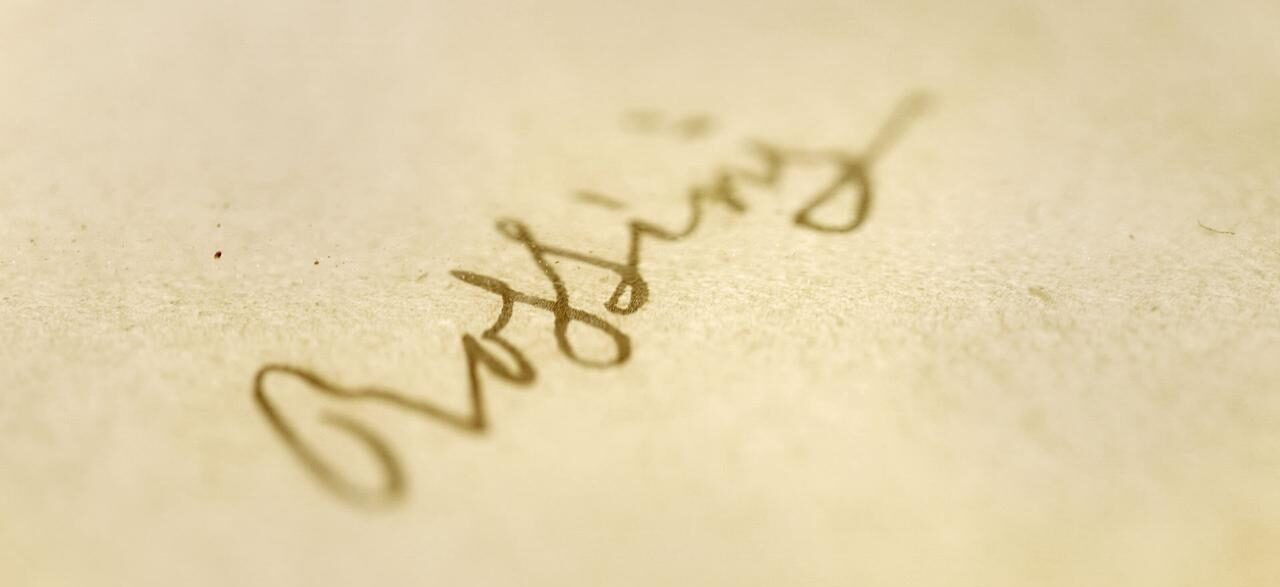
Why the Messa per Rossini is not to be missed
Let’s be honest: Rossini and Verdi did not really love each other. There was mutual esteem and respect; from the younger Verdi, even admiration and study. Rossini, for his part, could recognise an unstoppable success when he saw one, such as Verdi’s. He even asked him, among other things, for two arias (to be inserted into Ernani and Attila) for his protégé, the tenor Nicola Ivanoff, and welcomed him as a guest, featuring his music in his Parisian soirées. But their temperaments and personal histories kept them apart. Portraying Verdi as a patriot of the Risorgimento and Rossini as a reactionary is an oversimplification, but a telling one, at least in highlighting the distance between them, if not ideologically, then certainly generationally. Moreover, the press of the time, ever on the lookout for gossip, eagerly spread a host of unflattering judgements (exaggerated or false, who can say?) allegedly made by a retired Rossini about his contemporaries, Verdi included.
Even a minister of the newly unified Italy—then only seven years old—managed to infuriate Verdi by writing to Rossini, suggesting, more or less, that Italian opera was dead (at a time when Verdi had only recently composed Don Carlos, no less!). And yet, when Rossini died on 13 November 1868, Verdi’s thoughts immediately turned to an Italy still struggling to define its identity. Rossini, he wrote, “was the most widespread, the most popular reputation of our age and he was Italian glory!” Such a reputation called for an initiative that would allow Italian art to display a spirit of unity, generosity, and vitality. This led to a bold idea, announced publicly: a grand Messa da Requiem in Rossini’s honour, to be composed collaboratively by some of Italy’s greatest living composers, each contributing a section, chosen by a dedicated committee. It would be performed at San Petronio in Bologna—Rossini’s true musical homeland—and then set aside. No composers, impresarios, or publishers were to earn a profit from it.
The most astonishing thing is not that the project ultimately failed, but that it very nearly succeeded—in fact, it came within sight of the finish line. The committee was formed, the composers were selected, and only two withdrew: Mercadante, for health reasons, and Petrella, at the very last moment. A conductor had been appointed. Despite the tight deadlines, the thirteen composers managed to complete their contributions, a fact that makes it possible today to perform the Messa in its entirety. But, as was perhaps inevitable, the financial burden required for any such production—whether operatic or otherwise involving large instrumental, vocal, and choral forces—proved a fatal blow to the project, to the dismay of those who believe that art can finance itself. It nearly proved disastrous for Scalaberni, the impresario of Bologna’s Teatro Comunale, who had been expected to provide the performers and would almost certainly have faced a financial loss. Sensing the risk, Scalaberni backed out, offering excuses. Once the workings of the project stalled, there was no way to revive them. What followed was a storm of mutual recriminations in the press and among politicians. The first anniversary of Rossini’s death came and went, buried beneath controversy; and with it, the Messa per Rossini quietly faded into obscurity. And yet it survived or at least Verdi’s part of it did. His Libera me and Dies irae, originally composed for the Rossini requiem, lived on magnificently in the Messa da Requiem he would write several years later, in 1874, to mark the anniversary of Manzoni’s death. This time, the work was entirely Verdi’s own and it proved a great success, both artistically and commercially.
Thirteen composers… it brings to mind the playful remark Rossini addressed to the “good Lord” in the preface to his Petite messe solennelle, where he set the number of singers at twelve, the same number as the apostles, hoping that none would turn out to be a Judas. One can only imagine how many “Rossinian chuckles” (as the great impresario Barbaja called them) he must have had, watching all those mortals scurrying about in his name, rather like the ‘disorganised madness’ of the Finale Primo in L’Italiana in Algeri.
Of the thirteen composers, most of their names have now faded from public memory. Who today remembers Mabellini or Boucheron? And yet, each of them had once known applause and acclaim. Verdi intended the Messa not as a cohesive artistic work, but as a testament to an Italy “of arms, of language, of altar, of memories, of blood and of heart,” to borrow Manzoni’s words. But the new Italian state brought with it all the old faults of the Italian people: parochialism, quarrelsomeness, and factionalism. Faults, yet also virtues which, alas, cannot be accepted without their opposite: the very same culture that doomed the project also produced the Verdis and Rossinis who still — and profitably! — fill opera houses around the world.
The opportunity to hear this family portrait, retrieved from the archives and returned to the concert hall in the second half of the last century under the auspices of the National Institute for Verdi Studies, is not to be missed, by the ear or by the conscience of any Italian. If Bologna once ‘betrayed’ Rossini, then Pesaro will embrace him once more on 22 August, with music that, though not written by Rossini himself, owes more to him than to anyone else, even after his death.
Daniele Carnini
Published in : 26 July 2025
